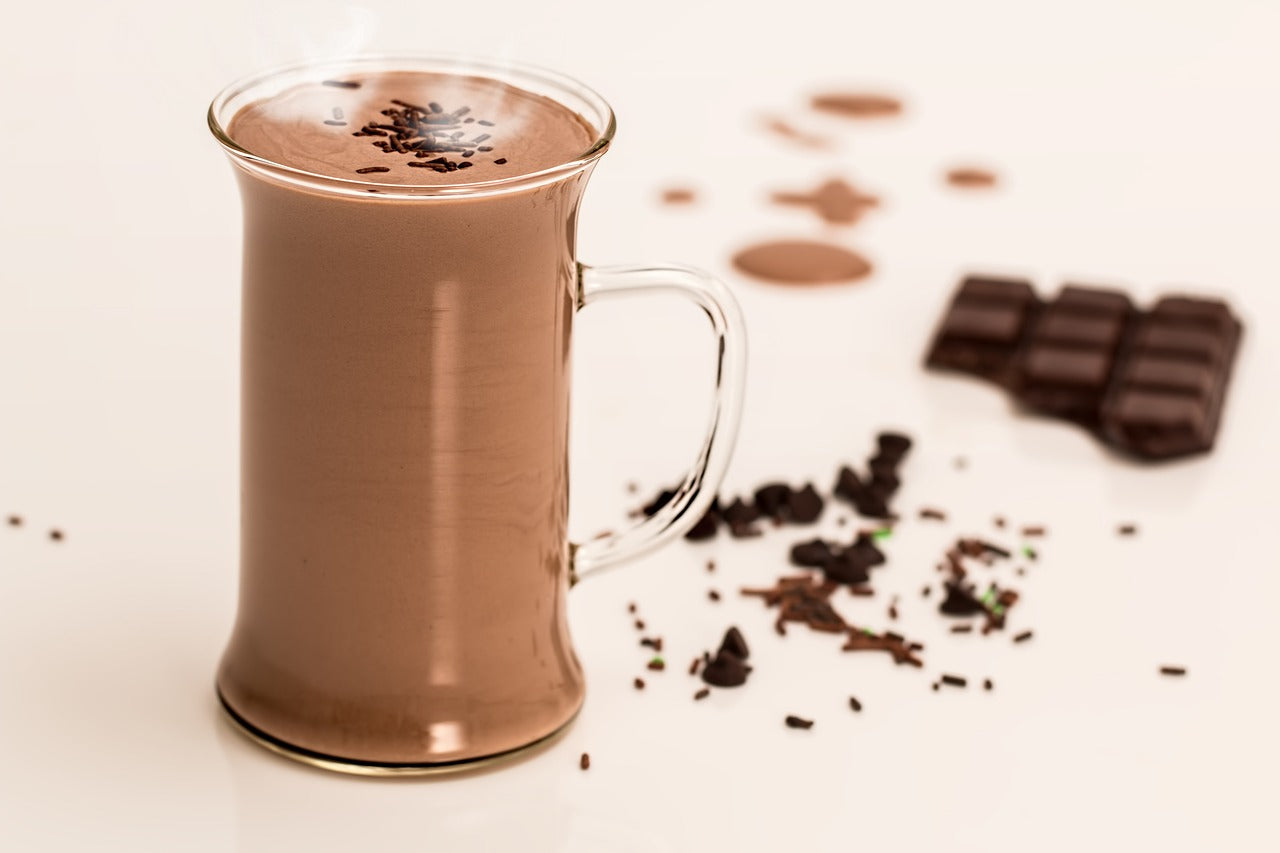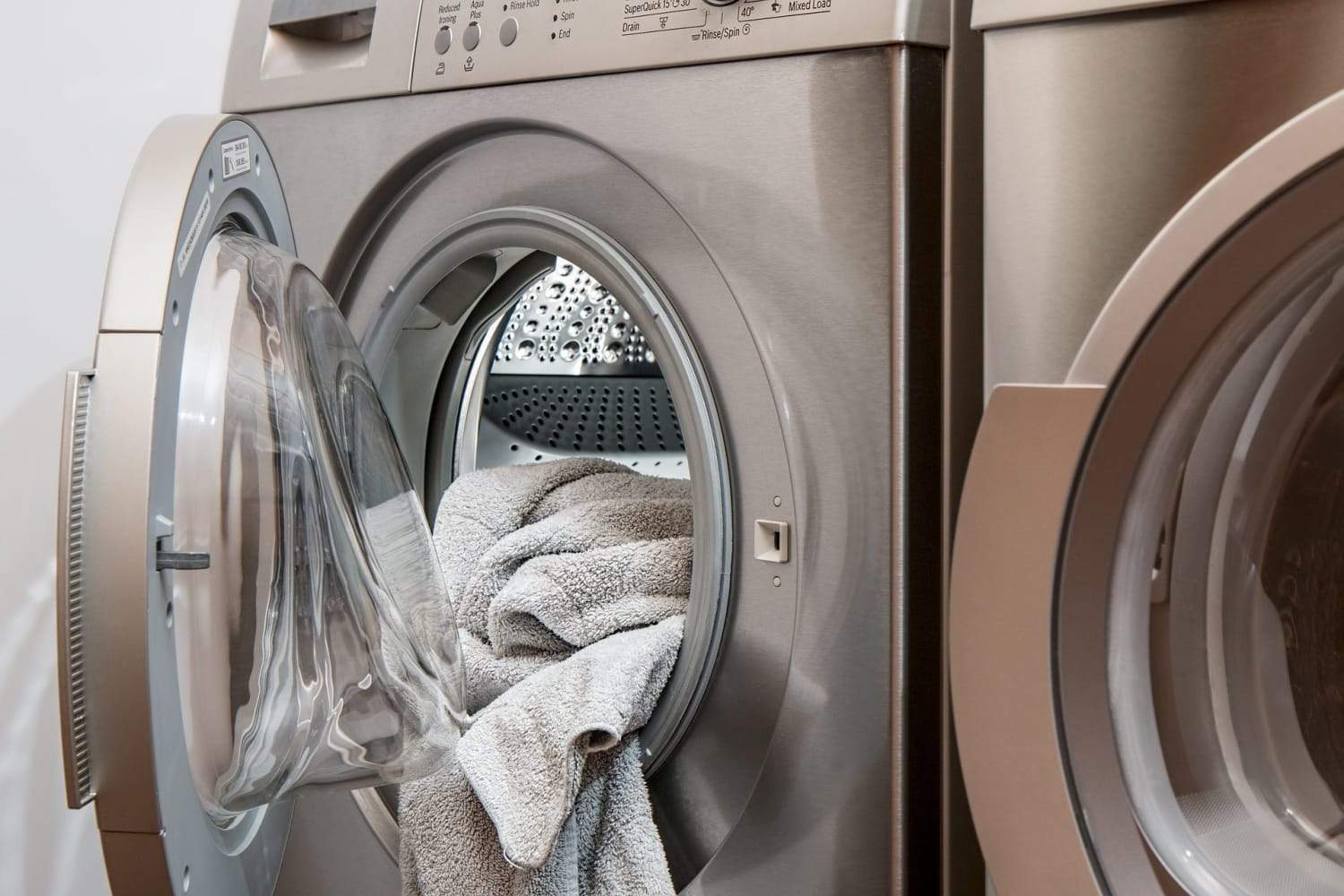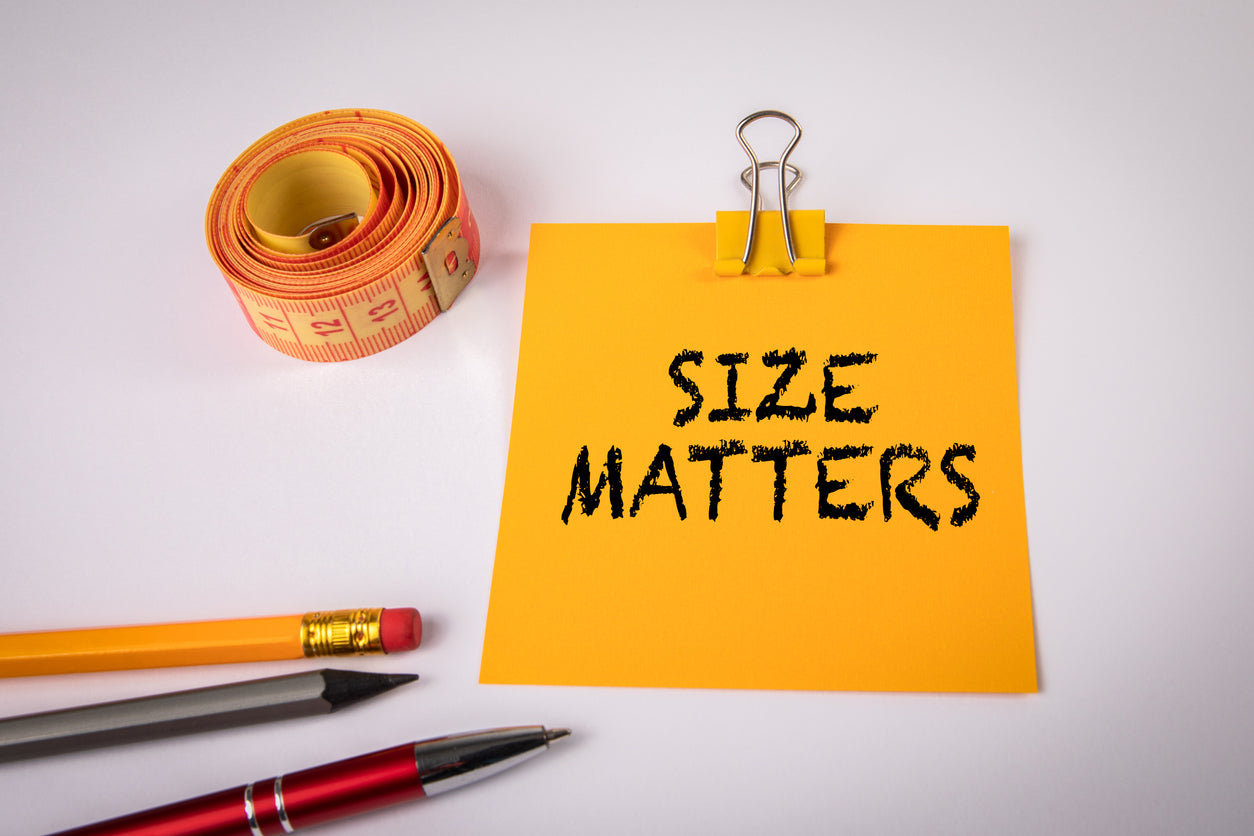With Daylight Saving Time coming up each year in March, many people start dreading the effects. Since 1966, the United States has collectively set their clocks forward one hour at 2 AM on the second Sunday of March. This is done along with over 70 other countries, making up about 40% of the world. This means that billions of people are getting one less hour of sleep that night.
It’s only one hour, so it’s not that big of a deal, right? Unfortunately for many, Daylight Saving Time can wreak havoc on their sleep schedule and health.
Daylight Saving Time runs from March to November. In November, we turn out clocks back, and in March, we turn them forward. The purpose of this is to extend our natural daylight in the evenings and save energy. As we spring forward, our body must adjust to this new timing, like a mini jet-lag. Sleep experts have noticed a number of adverse effects as a result, including an increase in heart issues, sleep disorders, mood disorders, and car accidents. For those who frequently have insomnia, Daylight Saving Time can trigger another episode.
The most significant effects of Daylight Saving Time occurs in March as we transition from Standard Time to Daylight Saving Time. A study on the subject found that the average person gets 40 minutes less sleep the night clocks are changed, while other studies suggest we never fully acclimate to the difference. These studies indicate that there is a lingering circadian misalignment from March to November.
In 2019, a survey was conducted by the American Academy of Sleep Medicine, and the results found that more than half of Americans feel tired after the time change in March. This has a compounding effect. This tiredness is a contributing factor to an increase in car accidents of greater severity that annually occur on the Monday following Daylight Saving Time. In addition to car accidents, there is an increase in workplace injuries on that same Monday. A study in Sweden found that heart attack risk increases in the first three weeks after the clock's change in March. It’s also been linked to miscarriages in invitro patients.
Although these more dire consequences won’t affect the majority of Americans, many of us will feel groggy for days following. Fortunately, there are ways you can prepare your body and get a good night’s rest.
Schedule your bedtime – and stick to it.
The day before changing the clocks, you may be tempted to keep your routine and go to bed at the same time. Instead, focus on getting the same amount of sleep. For example, if you typically go to bed at 10 PM and wake up at 6 AM, you get 8 hours of sleep every night. On March 13th (the day before turning the clocks ahead), you should plan to go to bed around 9 AM. Sometimes going to bed earlier can be easier said than done, so start easing into it several days before.
To help you adjust, begin a week in advance by going to bed 15 minutes earlier each day. Keep the temperature low and make sure your bed is comfortable. Get your favorite pillow like a buckwheat pillow (sobakawa pillow) or millet pillow and soft bedding that will help you fall asleep.
Time your last meal and drink.
If you enjoy a midnight snack or late-night cookies, you could be disrupting your quality of sleep. Daylight Saving Time can affect our circadian rhythm, and eating can either help keep us on track or disrupt it. With your new bedtime in mind, plan to have your last bit of food and drinks three hours before bed. Otherwise, your body will be busy digesting your food and keep you up. More importantly, monitor your caffeine and alcohol intake. These drinks can interrupt your sleep, so keep caffeine to the morning and one alcoholic drink in the early evening.
Avoid long naps.
On Sunday, after you turn the clocks forward, you may be inclined to take an afternoon nap. Naps can be great, but because of the time change, if you don’t set the alarm, you may find yourself deep into a 2-hour nap that will completely throw off your sleep schedule. Try to stay active during the day, as this will help you sleep better at night. If you do need a nap, stick to a short nap about 20 minutes long. Anything longer may make it difficult for you to fall asleep later and have a snowball effect.
Spend time outdoors.
The Sleep Foundation recommends spending more time outdoors following Daylight Saving Time. Natural light is the force behind our circadian rhythm. By exposing ourselves to natural sunlight we will feel more awake during the day and sleepy at night.
Every year bills are put forth to get rid of Daylight Saving Time; however, it seems more recently people are becoming quite keen on the idea. Many are advocating to do away with this practice all together. Last year some states put forth motions to practice Daylight Saving Time year-round. A study released last year estimates that Daylight Saving Time results in issues for 150,000 people in the US and 800,000 problems globally. Currently, Arizona, Hawaii, Puerto Rico, and the US Virgin Islands don’t practice it. Although many are still lobbying against it, we will continue to turn our clocks ahead on March 14th at 2 AM and lose that hour of sleep.
If you rely on your cell phone for the time, it will likely change your clock automatically. However, if you rely on an alarm clock, don’t forget to turn the clock back on March 13th before you go to sleep. To ensure you spring forward with a good night’s rest, remember to get outside, take it easy on the caffeine and lay your head on your millet pillow a little bit earlier next month.






